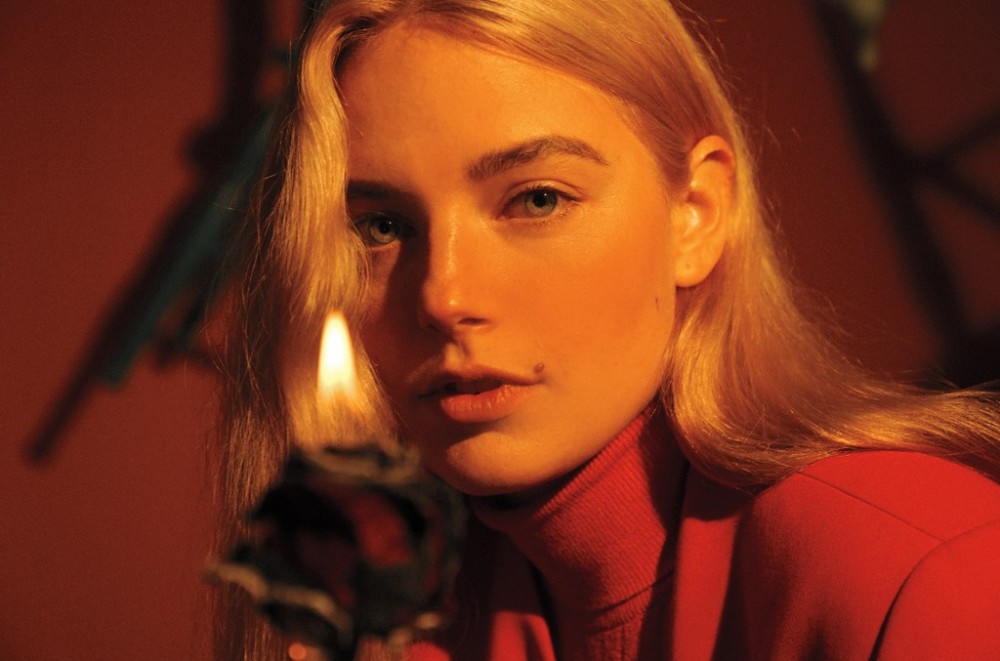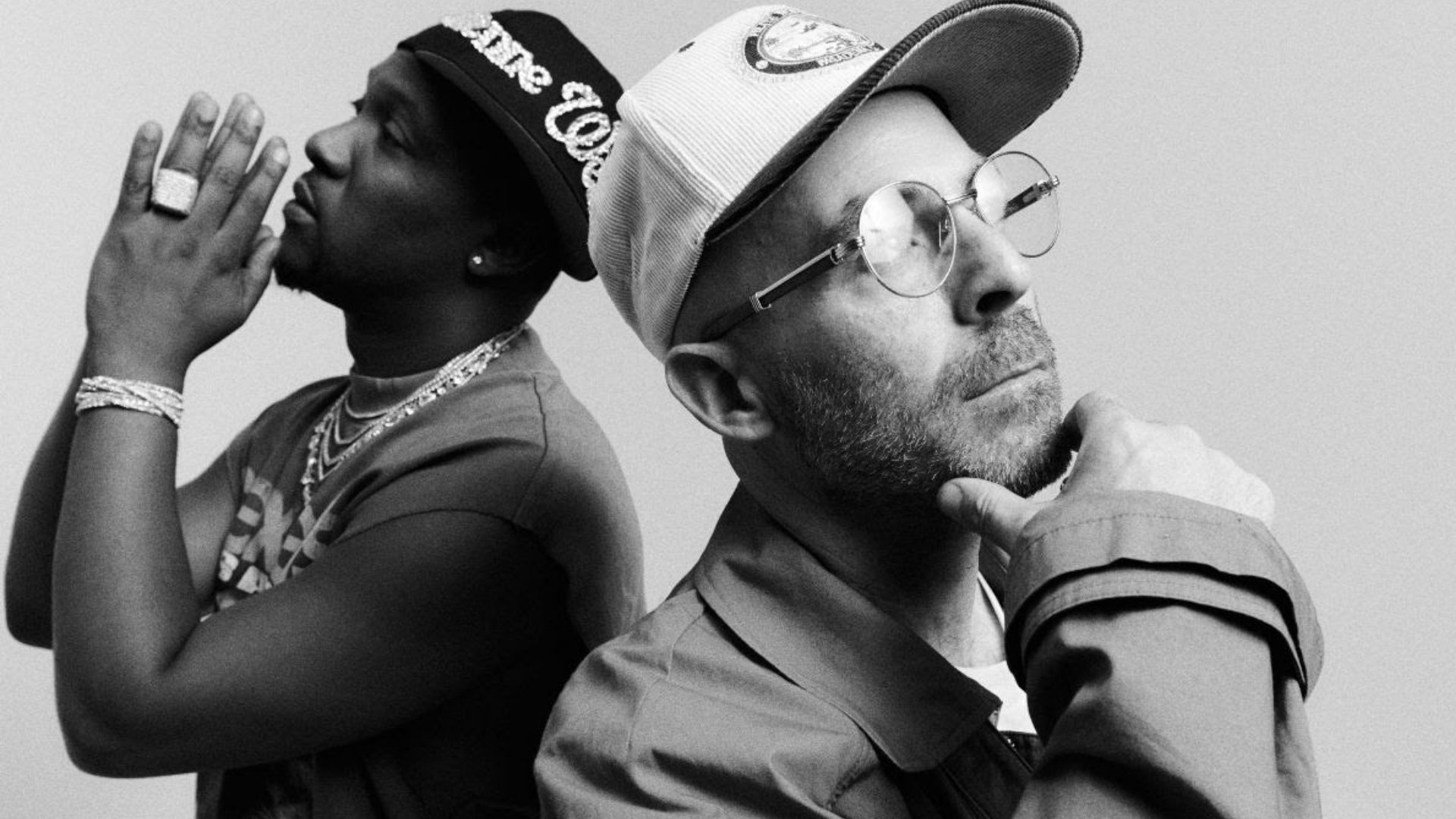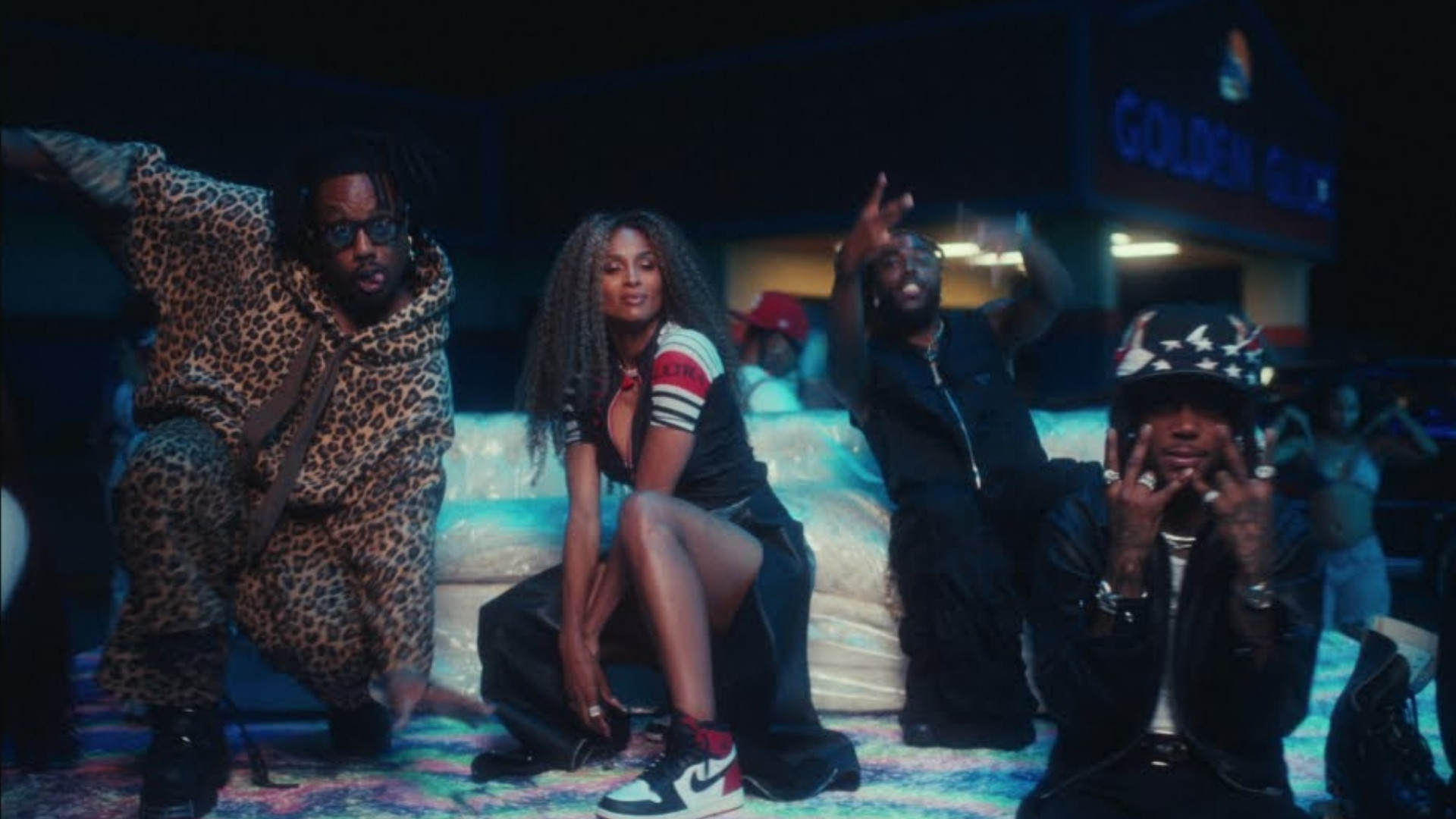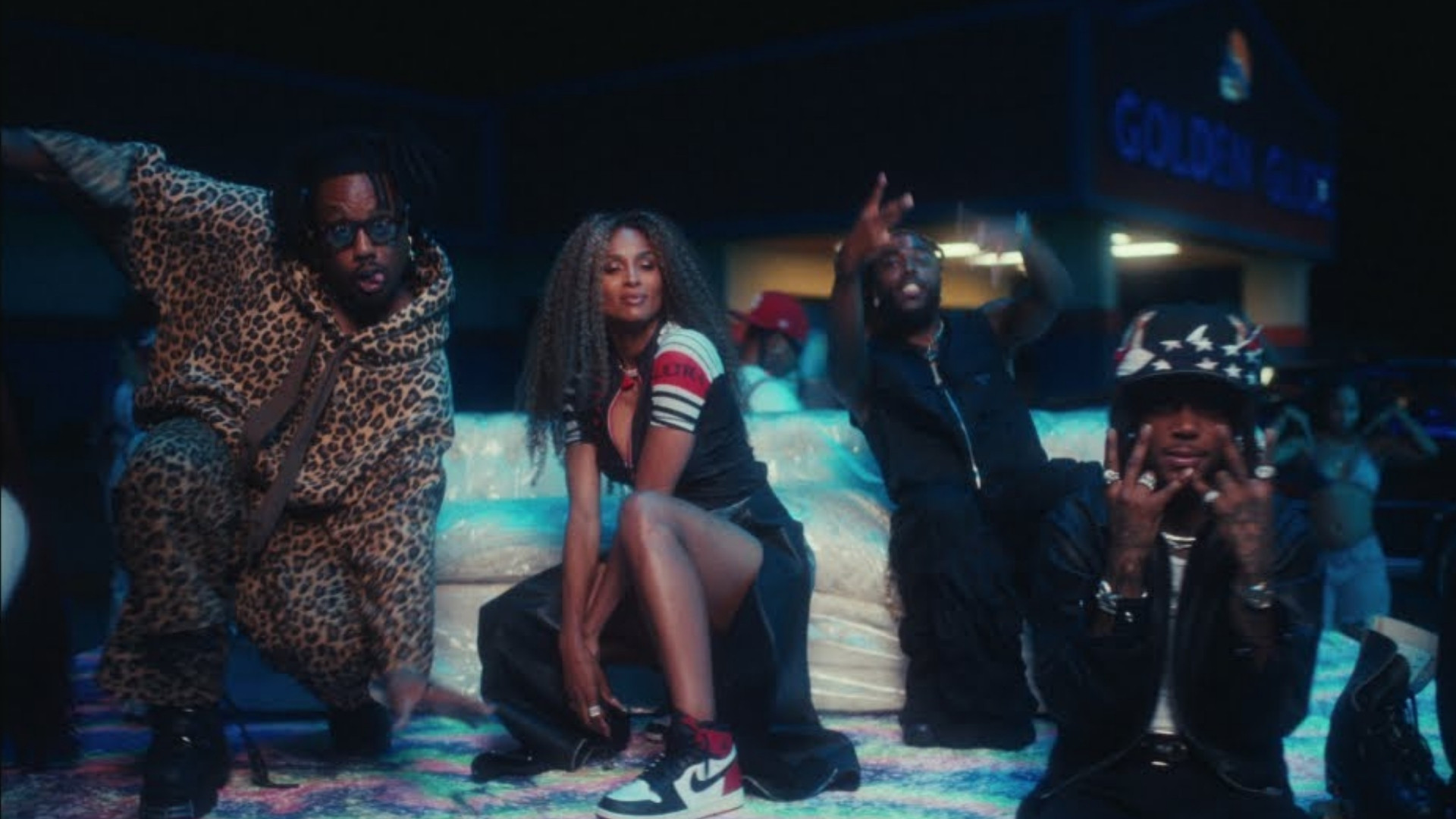Eight days after the release of the highly anticipated film To All the Boys: P.S. I Still Love You, Ashe heard one of her songs on the radio for the first time. She documented it, too: as the radio DJ introduces her piano-led, emotionally raw “Moral of the Story,” a mouth agape quickly turns into free-flowing tears, head in hands.
“When I went into the session to write a song about my divorce, I didn’t plan on that song being on the radio,” says the 26-year-old singer-songwriter. “You hope good things happen to your music, but we weren’t going into that session writing to make a hit.”
The slow burner soundtracks one of the most pivotal shifts during the sequel to the critically acclaimed 2018 Netflix romcom, which subsequently led to fans flocking to the song on streaming services, as well as plenty of other cuts within Ashe’s musical catalogue. Just a few weeks after To All the Boys came out, the San Jose native made her first foray onto the Hot 100 at No. 71. The track’s parent EP, Moral of the Story: Chapter 1, also cracked the top 10 on the Alternative Albums tally (charts dated March 14).
Below, Ashe recaps her whirlwind month, details her working relationship with producer FINNEAS and looks forward to her The Beach Boys-inspired debut album while walking around West Hollywood on a sunshine-filled Friday afternoon in early March.
Let’s start broadly: tell me about your last few weeks.
Laughs] They’ve been completely insane! My head is fully spinning. I’m waiting for Ashton Kutcher to pop up — I just keep thinking that somebody is punking me. The song has been out for over a year, so for it to be doing what it’s doing now is pretty psycho.
Have you had time to sit and fully process it at all?
I feel like it came at good timing. Maybe if it happened a year ago, I wouldn’t have handled it with as much calm or ease. It’s still crazy. Of course I’m going to get overwhelmed and be like, “what is happening?!” no matter what, but for the most part, I wake up early, I grab my coffee, and I journal. I take long walks, I go for runs. I’m trying to practice a lot of self-care — mental health is super important to me.
What does the success of the song mean to you?
The biggest takeaway right now is that we put this song out a year ago, and it did okay, and it was always the highest performing song amongst my fan base. But the fact that it didn’t skyrocket more when we put it out, we were like, “Oh, maybe we got this one wrong. I thought we might have really had one here, but we’re not always right.” So, this happening now, it almost makes it way better that it took a year. The achievement of being on Billboard Hot 100 is like, “Wow, we weren’t wrong!” We trusted our gut and people are really relating to this really honest and kind of heartbreaking experience.
As you mentioned, the song has been out for more than a year. Has there been a moment that has really stood out to you since it has gained such popularity?
Other than being Billboard Hot 100? Laughs] That was pretty insane for me. It’s my first time ever. But the radio play was pretty unreal. I don’t know if you saw the reaction video, but I’m just bawling in my car. Just because it’s like, “Whoa.” You know, when I went into the session to write a song about my divorce, I didn’t plan on that song being on the radio. You hope good things happen to your music, but we weren’t going into that session writing to make a hit. We were just like, “Let’s make a song for therapy.”
How long did that songwriting session take?
I had a session planned around Valentine’s Day in 2017 in West Hollywood with Noah Conrad and Casey Smith — who are both phenomenal writers — and I just flung open the door and was like, “I just filed for divorce!” And they’re like, “We’re going to write a good song today.” We finished the song in less than three hours. I just described the situation, and Casey was writing down what I was saying. It just kind of fell out really quickly. A lot of good songs tend to do that.
You’ve talked before how Carole King’s Tapestry made you feel like, “Wow, she gets me,” and how you want to create that environment with your own music. Why was it important to capture that feeling with “Moral of the Story,” especially for listeners that may not be able to put their own similar situations into words yet?
The first time I heard Tapestry ten years ago, it just felt like she was the only one in the world who got me for a second. And then, re-listening to her album post-filing for my divorce — and she was post-divorce when she recorded it] — all those songs hit me in a totally new, different way. I felt like she was speaking for me when I couldn’t, and I felt a little less alone in the world, which is the beauty of music.
That’s what I would hope for people listening to “Moral of the Story]. It seems like the effect of this song has been, “I didn’t know how to say how I was feeling, but you helped me do that.” That’s the coolest thing.
When you’re writing about such an intensely personal topic, is there still a concerted effort to make it relatable enough where people can connect with it?
I think that’s more of a subconscious effort because you want people to be able to relate to what you’re saying, but I think if an artist is really honest with their story and their human experience, it’s going to cross over. You usually don’t have to force fit it into a cookie cutter mold. Usually, if you’re just really true to your own story, that happens naturally because we’re just all human beings trying to figure out how to be here on earth.
I’m just living my life and reporting it back — I was worried at first when we brought up the lawyer line because I was like, “Is that way too aggressive? High school kids are going to be listening to this.” But everyone who hears the song is like, “That’s my favorite line! You have to leave it in there.” So, I think it’s important just to tell your story like it is.
FINNEAS co-wrote and co-produced the track, as well as the entire parent EP. Tell me about how you first met and what your working relationship is like.
FINNEAS, Billie Eilish and I all have the same management company Best Friends]. Three years ago, they threw me and FINNEAS into a songwriting session together. And that day we wrote a song called “Wrong Side of Myself,” which came out on my first EP The Rabbit Hole, and he was a really big part of that. We were just like, “We’re going to be best friends forever!” We kept in really close contact. He really helped me through the whole divorce process, and he’s four years younger than me — he’s wise beyond his years.
So, how did he end up helping with “Moral of the Story?”
We met up for coffee in Highland Park in Los Angeles], and after, I took him to my car, and I played him the rough demo of “Moral of the Story” from the day we wrote it. He immediately had ideas for the song. At the time, he wasn’t a Grammy-award winning producer yet, but he still had one of the biggest albums — Billie Eilish] had long been super famous. So, for me to snag this guy, you know, it was like, “You must really love me!” Laughs]
What is the biggest lesson you’ve learned from FINNEAS?
There’s no one I’ve ever met that trusts his gut more. He’s got a really cool way of being like, “No matter what anyone else says or what their opinions are, this is the way we’re going to do it. This is what sounds best.” And it’s just the right amount of confidence where he’s still humble, and he’s willing to learn and grow. He has such a heart of learning, but he’s still like, “No, this is my gut and I’m going to trust it.” And that’s what makes him the genius that he is.
For instance, with “Moral of the Story,” and both of those EPs, people were a little bit like, “You’re going to write a divorce album? You sure?” I’m like, “Yeah! That’s exactly what I’m going to do.” That’s definitely a lesson he’s helped me learn: just trust that you need to say what you need to say and go with it.
Tell me about the process that led to “Moral of the Story” in To All the Boys: P.S. I Still Love You.
“Moral of the Story” came out on Valentine’s Day 2018, and we got the call in May. They alluded to the lead actress Lana Condor] possibly lip-synching the lyrics, but they didn’t really tell us how big of a part it was going to be in the film. So, you can imagine my surprise when I got to the end of the movie, and it’s like three-quarters of the song. It’s the longest synch in the entire film.
When did you watch it for the first time?
I watched it the morning that the movie came out. My manager sent the whole clip to me in a text, and I was like, “Bro, back off. I’m not going to watch this outside of the context of the movie.” He totally got in trouble.
You dropped two EPs last year. Are there any plans for an album?
We’re working on my debut album right now, so that’s really exciting. I don’t have a slated date yet, but I can tell you it’s coming and I’m really proud of it. It’s going to be amazing, I think. It’s got that vintage, Laurel Canyon songwriter vibe that I’ve always had, but the primary influence is The Beach Boys’ Pet Sounds, which is my favorite album of all-time. I’m no Brian Wilson by any means, but FINNEAS is the closest person I know to being like him.
A version of this article appeared in the March 14, 2020 issue of Billboard.



